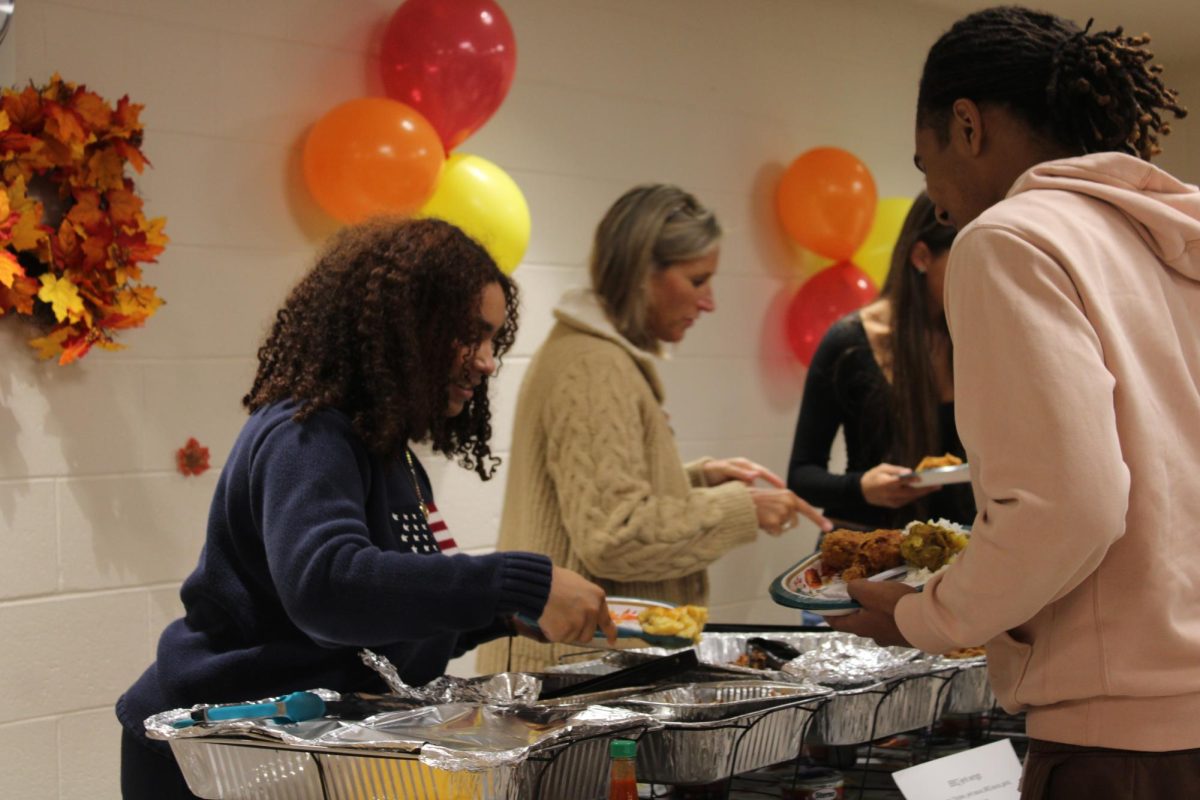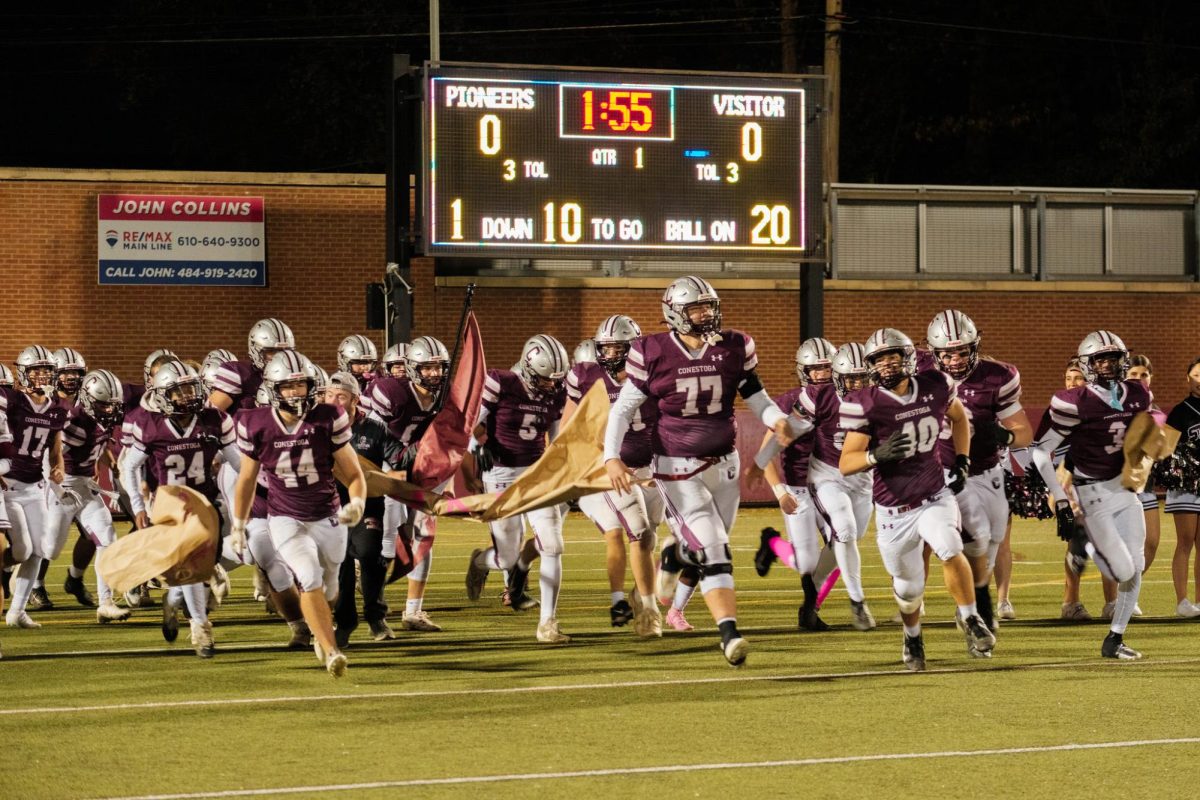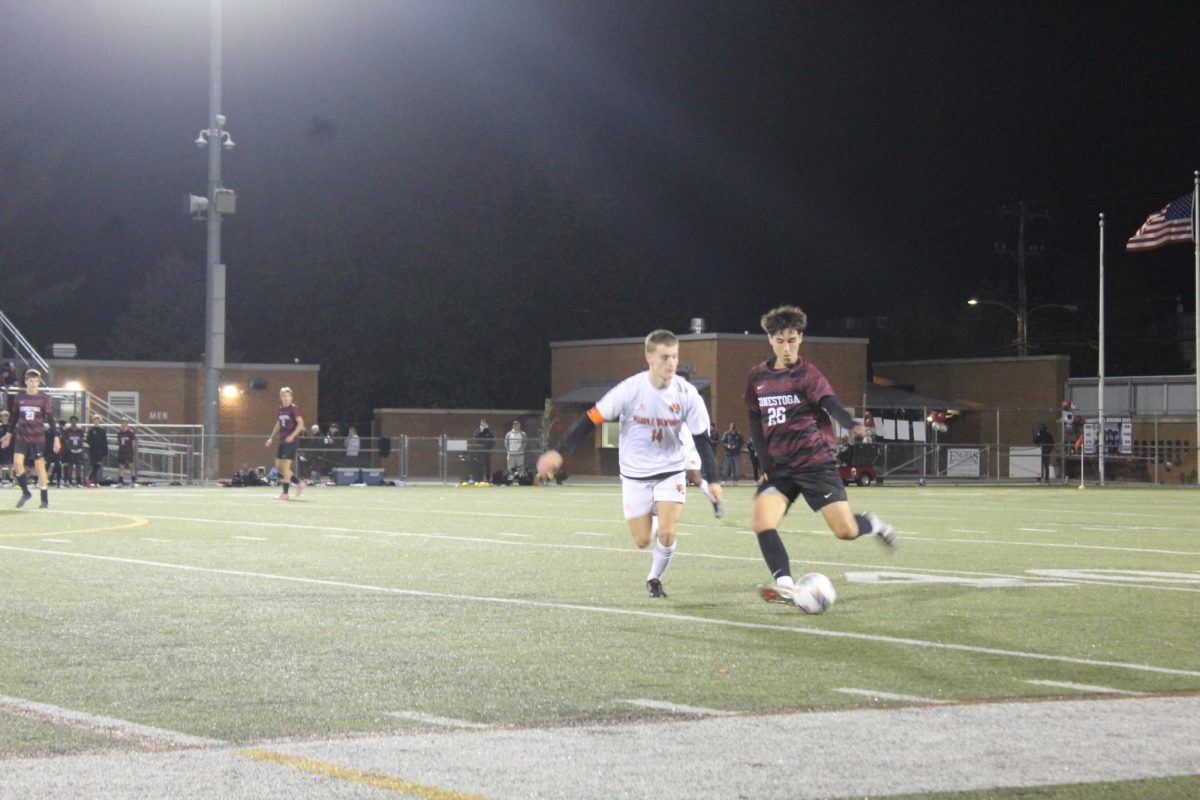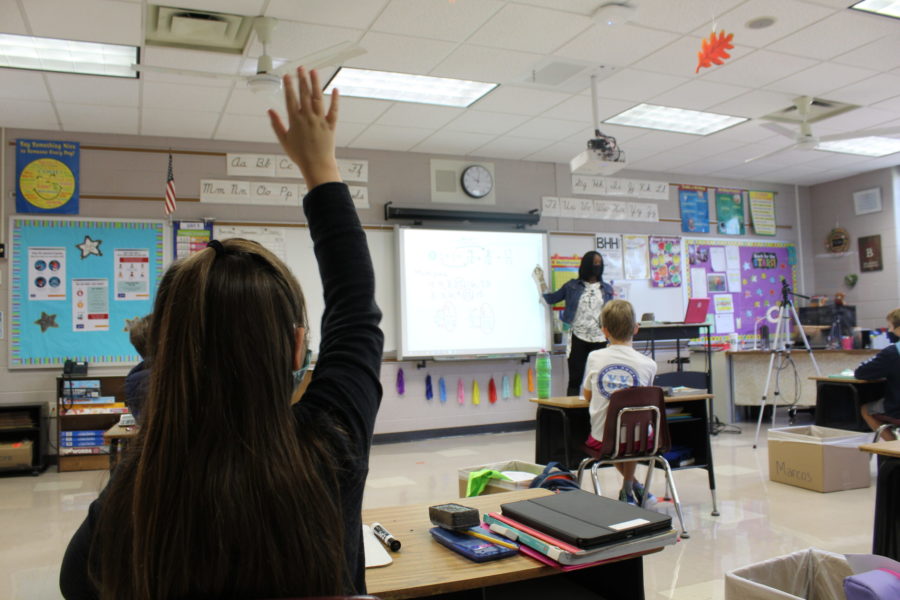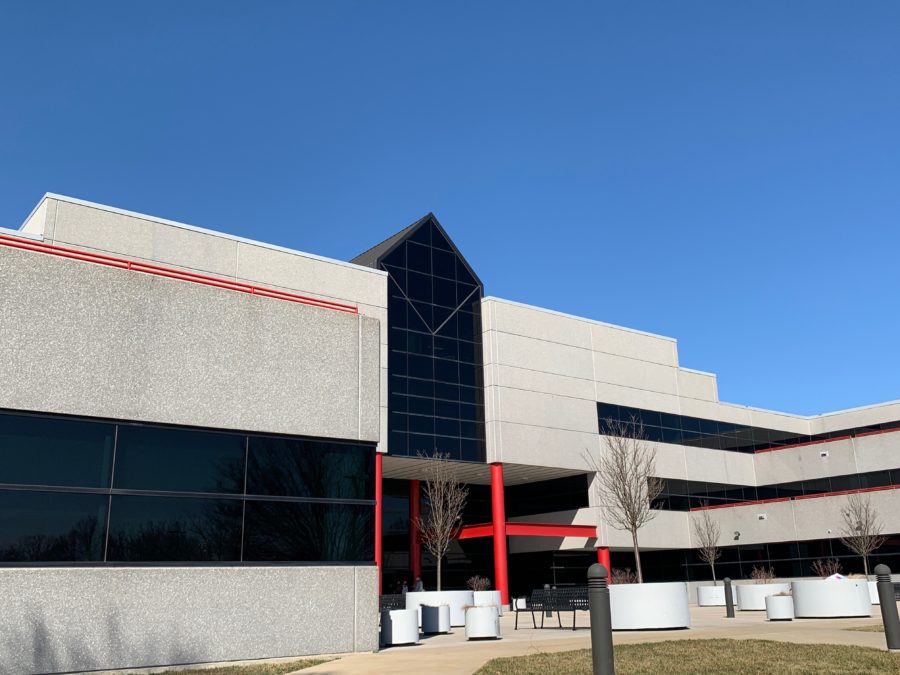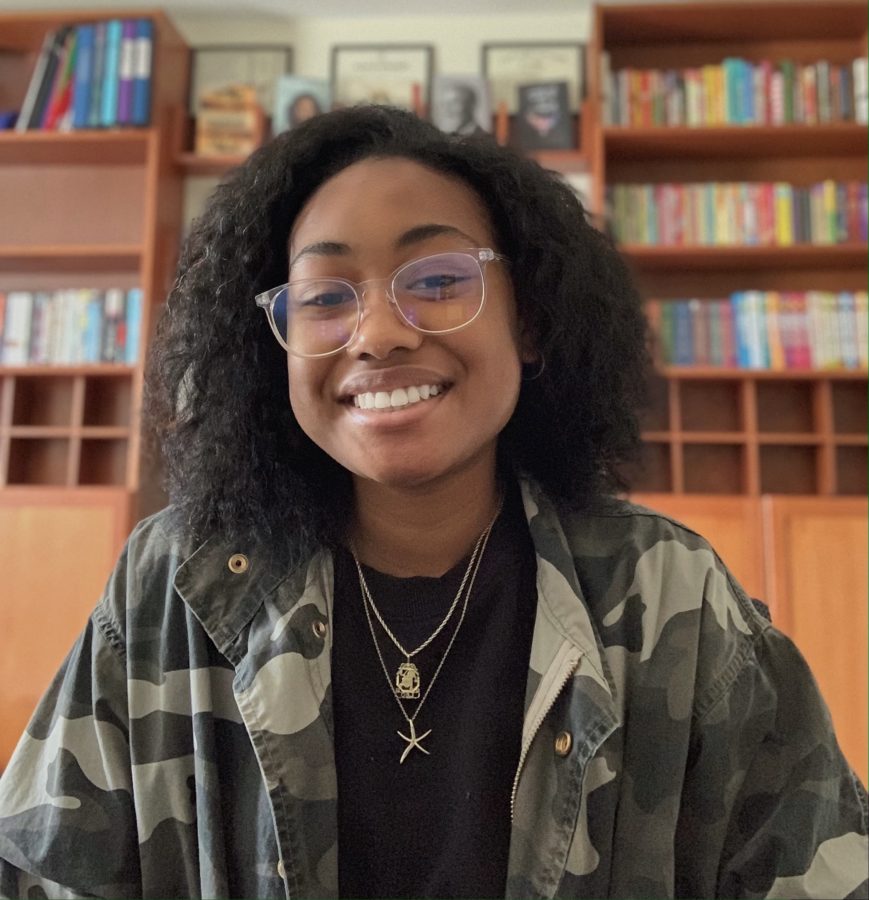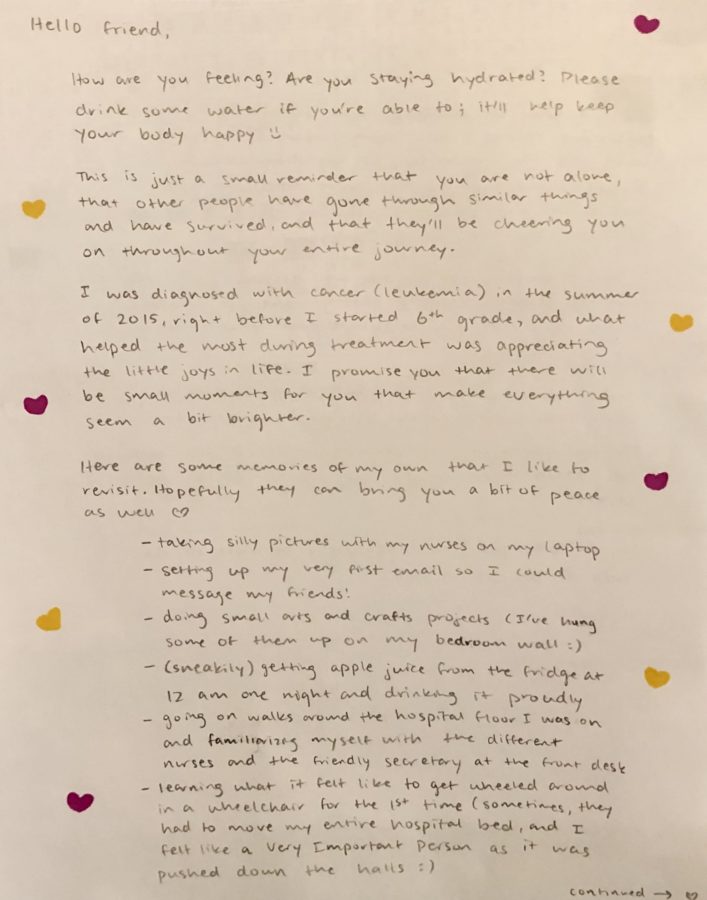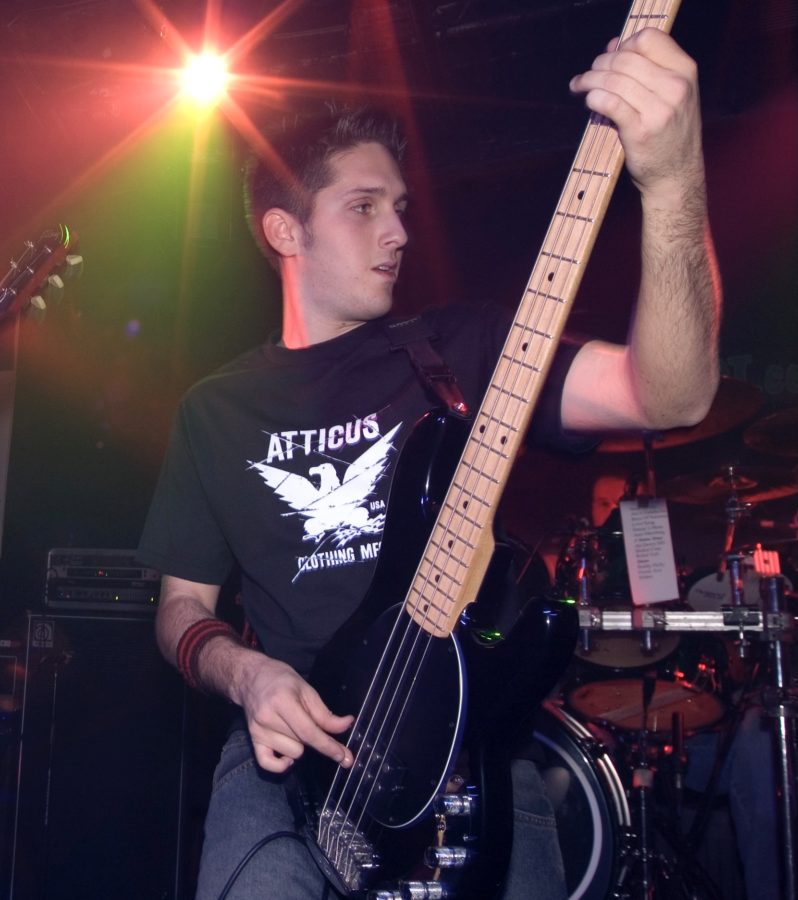By Trey Phillips, Staff Reporter
It’s a common sight in Beaumont Elementary: fourth-graders in single file, headed outdoors to recess. Yet this is no ordinary day and no ordinary school year. This class totals just five and instead of heading for the monkey bars and swings, they head for an open field, as orange netting covers the playground equipment. This scene is mimicked by other schools across the district as students and educators adapt to the changes brought on by COVID-19.
When schools reopened the week of Oct. 12, teachers made the shift from virtual to hybrid learning. This change has had a particularly large impact for the lower schools due to students’ experiences with education changing so rapidly, as well as the additional demands placed upon teachers and staff. First-grade teacher Angela Janda at Valley Forge Elementary reflects on the impact of hybrid learning on students and her experiences teaching.
“Their world ended in March in Kindergarten and they’ve been this way since then; their memory of what school really is supposed to be isn’t very strong in their heads, so to them this is normal,” Janda said. “The (emotions on the) first day the hybrid kids came to the classroom were the same feelings I had when we first started virtual because this was a whole new way for me to teach and a whole new way for kids to receive information. This year, the fears and the unknowns definitely gave me some butterflies.”
Students are divided alphabetically into a Monday/Tuesday Thursday/Friday schedule similar to Conestoga’s for in-person learning. Seats are positioned six feet apart and arranged differently from classroom to classroom, but the emphasis is ultimately on keeping students safe. One of the largest hurdles teachers currently face is ensuring that learning continues while also managing the safety of the classroom and themselves. Julie Masters, third-grade facilitator and teacher at Valley Forge Elementary, shares her perspective on the largest challenges teachers face.
“One of the biggest challenges is really just finding that balance of taking care of myself, taking care of my family and feeling like I am still giving my best to the students and providing them with these great lessons, but still managing the safety of the students in school as well. It’s a balance,” Masters said. “There would be nights where I’d be up until 11 p.m. or 12 a.m. because of the things I needed to do and still manage my home life.”
Recess for all grades, much like in-class sessions, is conducted with social distancing guidelines in place. Students are placed into groups by classroom and remain subject to restrictions on physical contact. These restrictions have sharply reduced the number of activities students can participate in during school. However, Phil Munger, a fourth-grade teacher at Beaumont Elementary, believes there is more to it.
“It’s tough; when a lot of them first came here, they were expecting it to be business as usual, even though they had been warned that things are going to be quite different. It took a little bit of adapting to, but they’re kids and that’s what they do best: adapt to new situations,” Munger said. “They’re finding ways to entertain themselves and finding ways to make the most of it, even without our support. We try to give them as much as we can, but they adapt quickly.”
Support to teachers from the administration ranges from essentials, like face masks and plexiglass shields, to technical support and training for online courses. These resources have been critical for teachers to operate effectively, and will continue to be an integral part of hybrid learning as the year continues. Donna Baker, fourth-grade teacher at Beaumont Elementary, expressed her appreciation for the resources provided by the administration and holds optimism for the future.
“It’s been nice to have the support of the administration, and we’ve been given everything we need to get through this and to be able to do this job the best we can. We’ve gotten a lot of training; a lot of drop-in sessions where we learned how to use certain apps with the kids and setting up cameras,” Baker said. “We are making the best of the situation we’re in; what we’re doing now and the way we’re doing it, it’s working. And we’re making the best of it.”
However, with new COVID-19 cases at record highs and the Tredyffrin/Easttown School District suspending hybrid lessons at the elementary schools until at least December 10, there is speculation on what the next few months will look like. Despite the best efforts of administration students and teachers alike, life in the lower schools is yet to return to normal.






